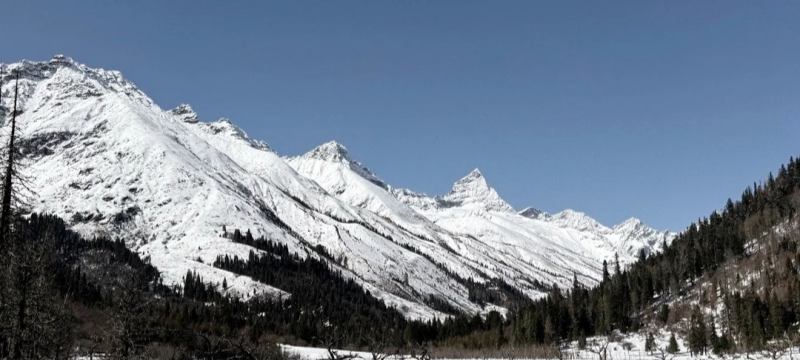
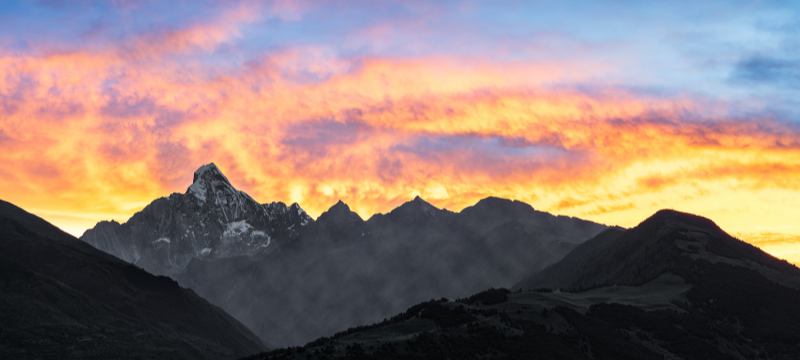
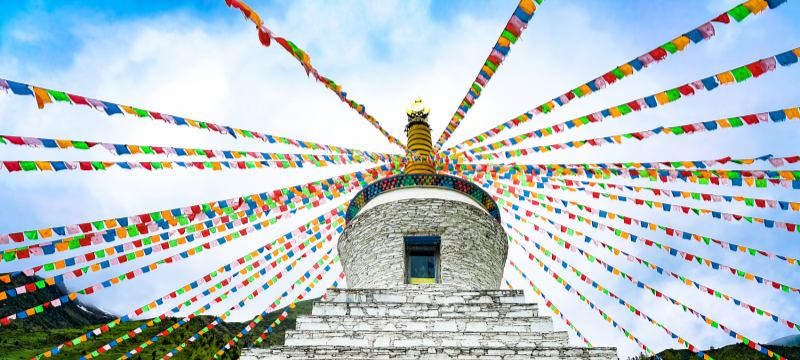
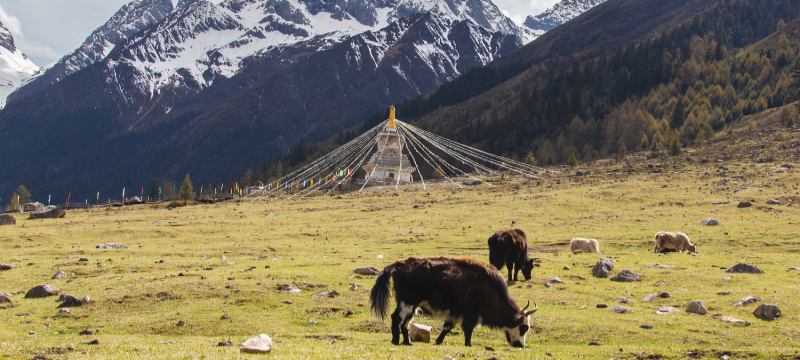
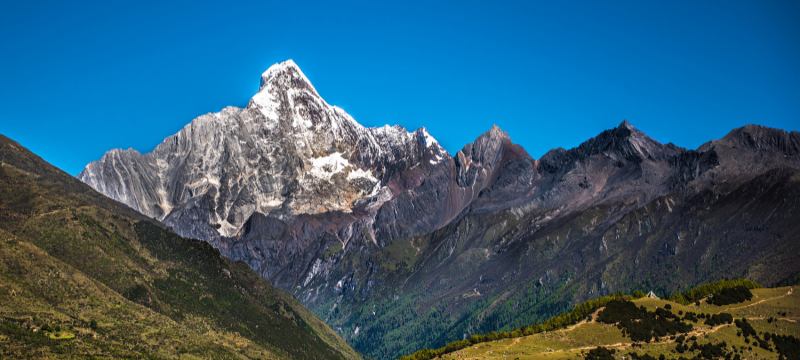





Siguniang Mountain
Stunning Sichuan peak, 'Oriental Alps'. Four snow-capped summits, hiking paradise. Breathtaking valleys, lakes & Tibetan culture. Adventure awaits!
1. Attraction Introduction
Siguniangshan, or "Four Sisters Mountain," is a stunning mountain range in Sichuan Province, China, renowned for its four snow-capped peaks (the tallest at 6,250m). A UNESCO World Heritage Site, it offers alpine meadows, glaciers, lakes, and Tibetan culture. Popular for hiking, climbing, and photography, it’s dubbed the "Oriental Alps." The area includes three scenic valleys: Shuangqiao Valley, Changping Valley, and Haizi Valley, each with unique landscapes.
2. Historical Background
Siguniang Mountain, also known as the Four Sisters Mountain, takes its name from the four towering peaks that local Tibetan legend says were four fairy sisters who took on the form of mountains to protect their homeland.
Historically, the area was home to Tibetan and Qiang people, who revered the mountains as sacred. Due to its remote location, Siguniang Mountain was not heavily explored until the 20th century, when it attracted the attention of climbers and nature lovers. In 1981, a Japanese expedition first climbed the highest peak, Yaomei Peak (6,250 meters).
In 1994, Siguniang Mountain was officially designated a national scenic area, and in 2006, it became part of the Sichuan Giant Panda Reserve, a UNESCO World Heritage Site. Today, Siguniang Mountain has become a renowned destination for hiking, mountaineering and ecotourism, with stunning alpine scenery, glaciers, forests and a variety of wildlife.
3. Map & Key Spots
Shuangqiao Valley: Easiest access; scenic bus ride to lakes like Long Lake and Swan Lake.
Changping Valley: Trekking route (12km) to ancient temples and meadows.
Haizi Valley: Remote glacial lakes, ideal for advanced hikers.
Da Peak (5,025m): Beginner-friendly climbing peak.
4. Suggested Route
Day 1: Shuangqiao Valley (bus tour).
Day 2: Changping Valley (half-day hike).
Day 3: Haizi Valley (full-day trek for experienced visitors).
5. Best Season / Seasons to Avoid
Best: Autumn (Oct–Nov; clear skies, colorful foliage) and Spring (Apr–Jun; wildflowers).
Avoid: July–August (rainy, landslides) and winter (some areas close; extreme cold).
6. Transportation Guide
Location: Xiaojin County, Ngawa Tibetan and Qiang Autonomous Prefecture, Sichuan Province, China
From Chengdu:
Bus: Chadianzi Station → Rilong Town (6–7hrs, 120RMB).
Private Car: 4hrs via G350 (tolls ~150RMB).
7. Ticket Prices & Fees
Entrance:
Shuangqiao Valley: 80RMB (bus 70RMB extra).
Changping Valley: 70RMB.
Haizi Valley: 60RMB.
Optional:
Horse riding: 100–300RMB/section.
Guided climbs: 2,000RMB+ (e.g., Da Peak).
8. Special Notes
Altitude Sickness: Some areas exceed 3,800m; acclimatize in Rilong Town first.
Closed Areas: Haizi Valley may close in winter (Dec–Mar).
Luggage Storage: Available in Rilong hotels (10–20RMB/day).
Permits: Required for multi-day treks (arrange via agencies).
